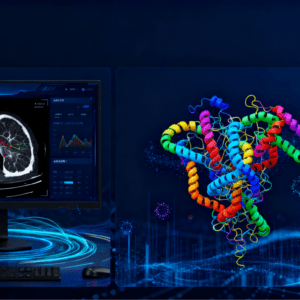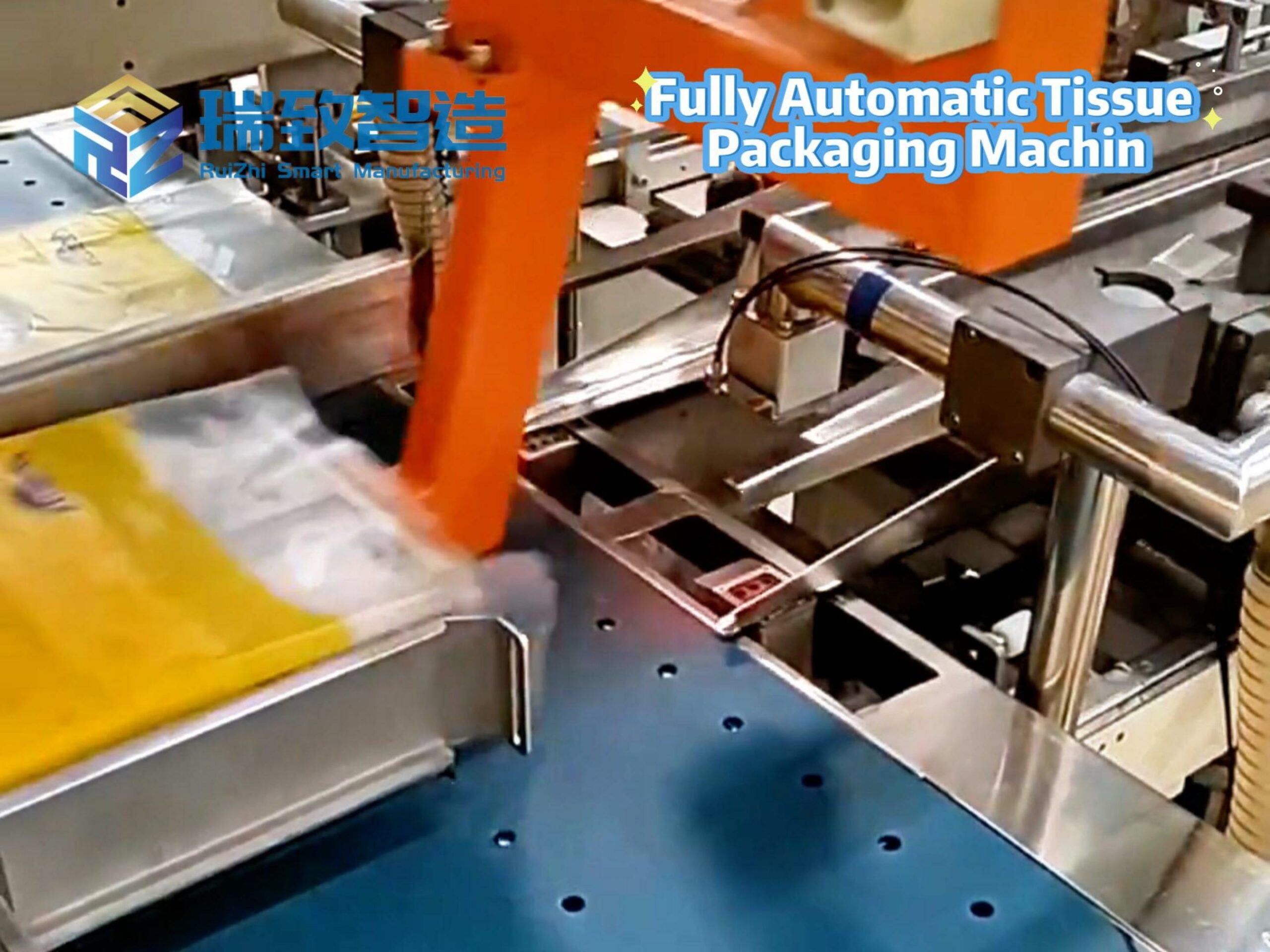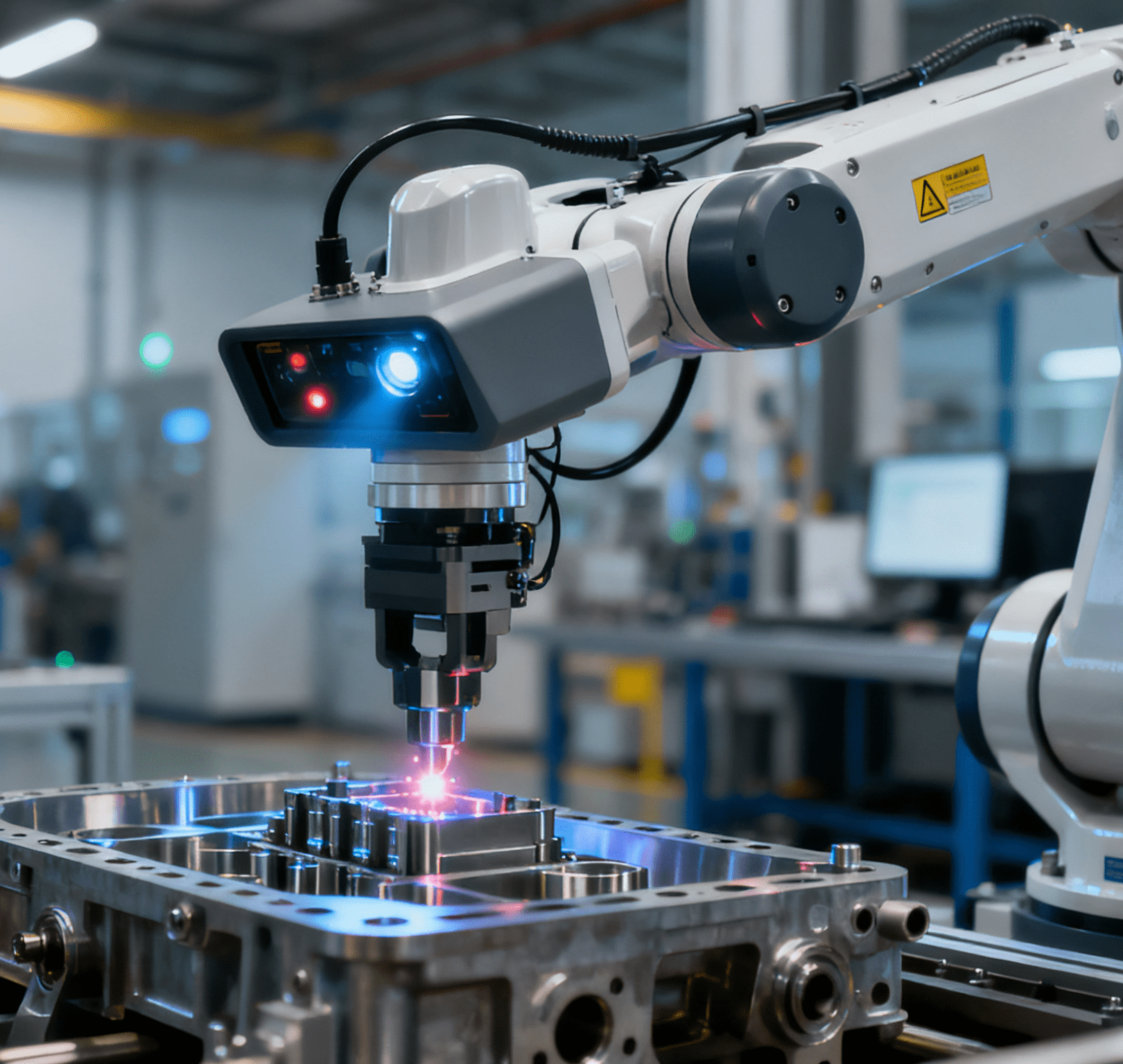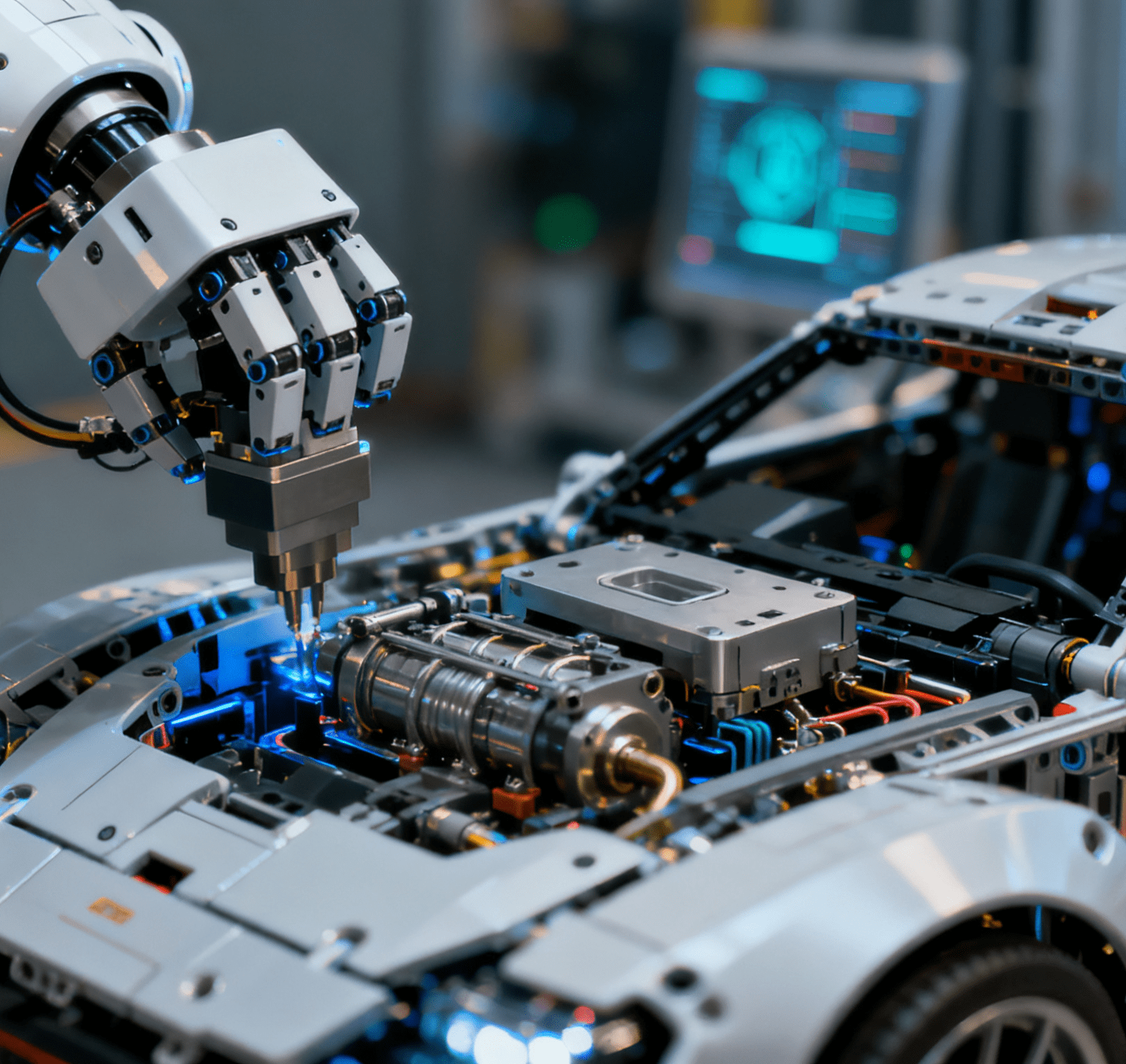
Explosive Growth: User Scale, Penetration and Enterprise Layout
On October 18, the Report on the Development of Generative Artificial Intelligence Applications (2025) released by the China Internet Network Information Center (CNNIC) showed that as of June 2025, the number of generative AI users in China had reached 515 million, with a penetration rate of 36.5%.
The report indicated that generative AI is gradually integrating into the daily lives of various groups in China, with its user base and penetration rate experiencing explosive growth. In the first half of 2025, the number of generative AI users in China increased by 266 million, representing a 106.6% growth in just six months. It also noted that Chinese enterprises have actively invested in the R&D of generative AI technologies; domestically developed large generative AI models have gained wide popularity among users and driven the intelligent transformation and upgrading of applications across various scenarios. As of August 2025, a total of 538 generative AI services in China had completed filing procedures, and 263 generative AI applications or functions had finished registration.
Core Drivers: Synergy of Technological Innovation, Policy Support and Market Demand
The rapid development of generative AI is supported by the synergy of technological innovation, policy support, and market demand. China’s number of AI patent applications has reached 1.576 million, accounting for 38.58% of the global total and ranking first in the world. The continuous improvement of logical reasoning and multimodal capabilities has laid a solid technological foundation for the expansion of application scenarios. The introduction of policy documents such as the Interim Measures for the Management of Generative Artificial Intelligence Services has not only defined safety red lines but also provided institutional guarantees for application innovation.
Scenario Expansion: Deep Integration Across C-end, B-end and Professional Fields
In C-end (consumer-end) scenarios, generative AI has been deeply integrated into public life: 80.9% of users utilize AI products to solve problems, with daily office work, entertainment, and content creation being the most prominent application scenarios. Ordinary users have leveraged AI tools to achieve a leap in creative capabilities—whether in text writing, image generation, or audio-video production, technology is lowering the threshold for creation and unlocking the innovative potential of the general public.
From a global application perspective, AI assistants have become a core growth driver, accounting for 85% of generative AI application downloads. User scenarios for AI assistants are expanding from non-working hours to full-time use, gradually becoming a regular tool for information acquisition and daily consultation. Demand for life-related applications such as health and wellness guidance, shopping consulting, and travel planning has increased significantly.

In B-end (business-end) fields, generative AI is emerging as a core driver of industrial transformation. From the consumer goods industry to industrial manufacturing, and from healthcare to financial services, the depth and breadth of technological empowerment continue to expand. In the consumer goods and logistics-linked manufacturing sectors, generative AI is even optimizing the coordination of automated production and packaging equipment—by analyzing real-time data on production lines, it dynamically adjusts operating parameters for Automatic Tray Formers & Tray Erecting Equipment (key equipment for product packaging and warehouse sorting). This not only improves tray forming accuracy by 15% (reducing packaging waste) but also predicts potential mechanical failures 72 hours in advance through AI-driven predictive maintenance, cutting equipment downtime by 20% and ensuring seamless connection between product assembly and warehousing. In the industrial sector, Tesla has used multimodal AI technology to shorten the R&D cycle of new vehicles by 40%; Siemens has achieved a sixfold increase in design efficiency by automatically generating 3D factory layout models via AI; and TSMC’s smart factories have reduced equipment failure rates by 35% by analyzing sensor data through edge AI. The healthcare sector has witnessed revolutionary changes: Tencent Miying (Tencent’s medical AI system) has increased the accuracy of lung cancer screening to 92% by synthesizing rare disease imaging data; AlphaFold3 can predict 98% of human protein structures, cutting the new drug R&D cycle from 5 years to 18 months. In the financial industry, AI has enabled a balance between efficiency and compliance—intelligent customer service and robo-advisors developed based on Tencent Cloud’s financial large models have been widely implemented, and synthetic data technology has effectively mitigated privacy leakage risks in risk control model training.
Notably, generative AI is accelerating its penetration into professional fields such as agriculture, energy, and scientific research. In agricultural production, AI optimizes planting plans by integrating sensor data; in the energy sector, intelligent grid optimization reduces power transmission losses, and synthetic seismic data is used in oil and gas reservoir exploration to lower exploration costs; in scientific research, AI assists in generating experimental simulation environments and accelerating molecular simulations, driving changes in scientific research paradigms. The leapfrog development of multimodal technology has become a key enabler for scenario expansion—models have significantly enhanced their ability to understand information such as images and videos, supporting multimodal outputs including text, images, and 3D models, thus enabling cross-domain applications.
Future Outlook: Breaking New Ground with Integrated Technological Advancement
In the future, with the integrated development of technologies such as quantum computing and embodied intelligence, generative AI applications will break new ground. It will play a greater role in advancing high-quality economic development, improving public service standards, and unlocking social innovation vitality, opening a new chapter in the intelligent era.




















